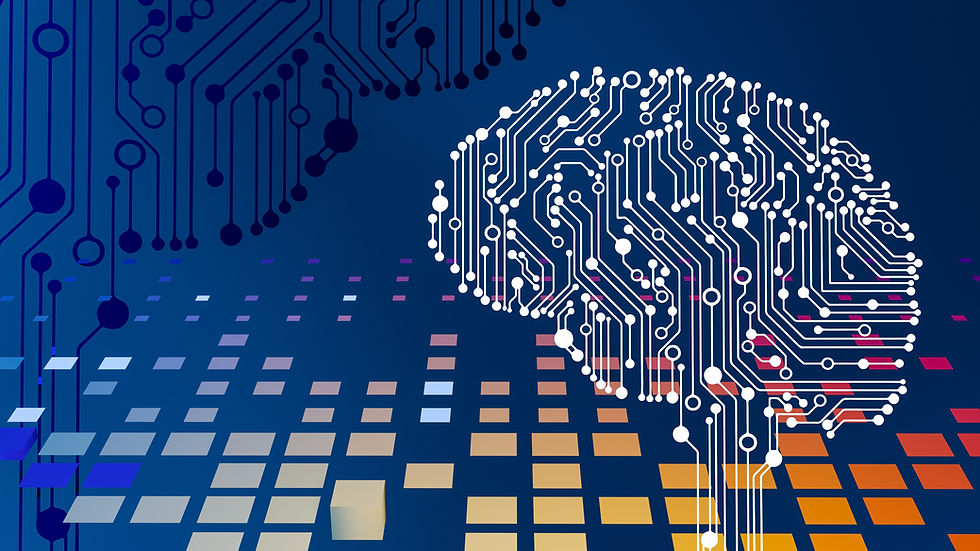Protecting Your Security in the Digital World
- Dominic Ramirez
- 13 oct
- 2 Min. de lectura

Safeguarding Our Identity in the Digital Era
In today’s digital era, personal cybersecurity has become an essential part of our daily lives. As our dependence on information and communication technologies continues to grow, so does the need to protect our digital identity.
This identity goes far beyond a simple name or email address it encompasses personal, financial, and professional data. Cybercriminals can exploit this information to commit crimes ranging from identity theft to financial fraud.
For instance, a hacker could use stolen data to open fraudulent bank accounts, apply for credit cards, or even obtain a passport. Therefore, taking proactive measures to protect our digital identity is not optional it’s critical.
Two-Factor Authentication: A Digital Shield for Your Accounts
One of the most effective ways to protect your digital identity is through two-factor authentication (2FA). This security method requires users to provide two different forms of identification to access an online account.
Typically, this involves something you know (like a password) and something you have (like a verification code sent to your phone or a physical security key).
For example, when signing in to your email account, after entering your password, the system may send a verification code to your mobile device. Only after entering that code will you gain access.
By requiring two verification steps, 2FA makes it significantly harder for hackers to compromise your accounts even if they’ve stolen your password.
Strong Passwords: The First Line of Cyber Defense
Alongside 2FA, password management remains a cornerstone of good cybersecurity practices. This means creating strong, unique passwords for each account, changing them regularly, and using a password manager to store them securely.
A strong password should be at least 12 characters long, mixing uppercase and lowercase letters, numbers, and symbols and it should never include easily guessable personal details like birthdays or pet names.
For example, instead of using “Fido123,” you might use something like “F!dO&12#Tr33.”A password manager can help you generate and store these complex passwords, reducing the risk of password reuse or insecure note-taking.
By following these practices, we can drastically reduce our vulnerability to cyberattacks and protect our valuable digital identity.
Data Backups: Your Lifeline in the Digital World
Data backup the process of creating secure copies of your digital information is another vital element of personal cybersecurity.
Backups ensure that your data can be restored in case of system failure, accidental deletion, or cyberattacks. For instance, if ransomware infects your computer and encrypts your files, a recent backup might be your only way to recover them without paying the ransom.
It’s crucial to perform regular backups and store them safely preferably on external drives or trusted cloud storage services. Additionally, you should periodically verify that your backups are working correctly and that files can be restored successfully.
Maintaining updated and reliable backups ensures that your valuable information is safeguarded against unexpected loss or malicious attacks.




Comentarios